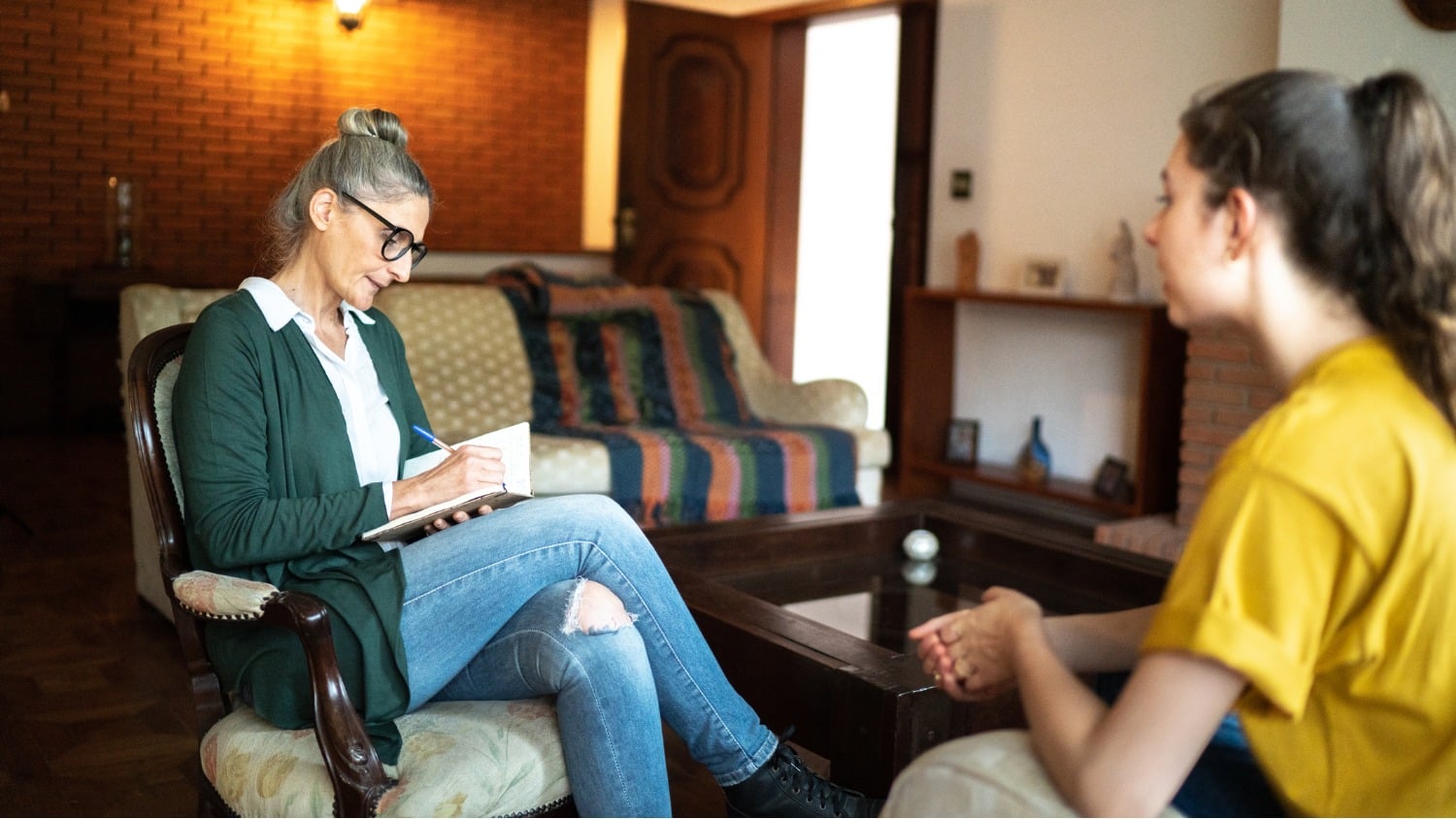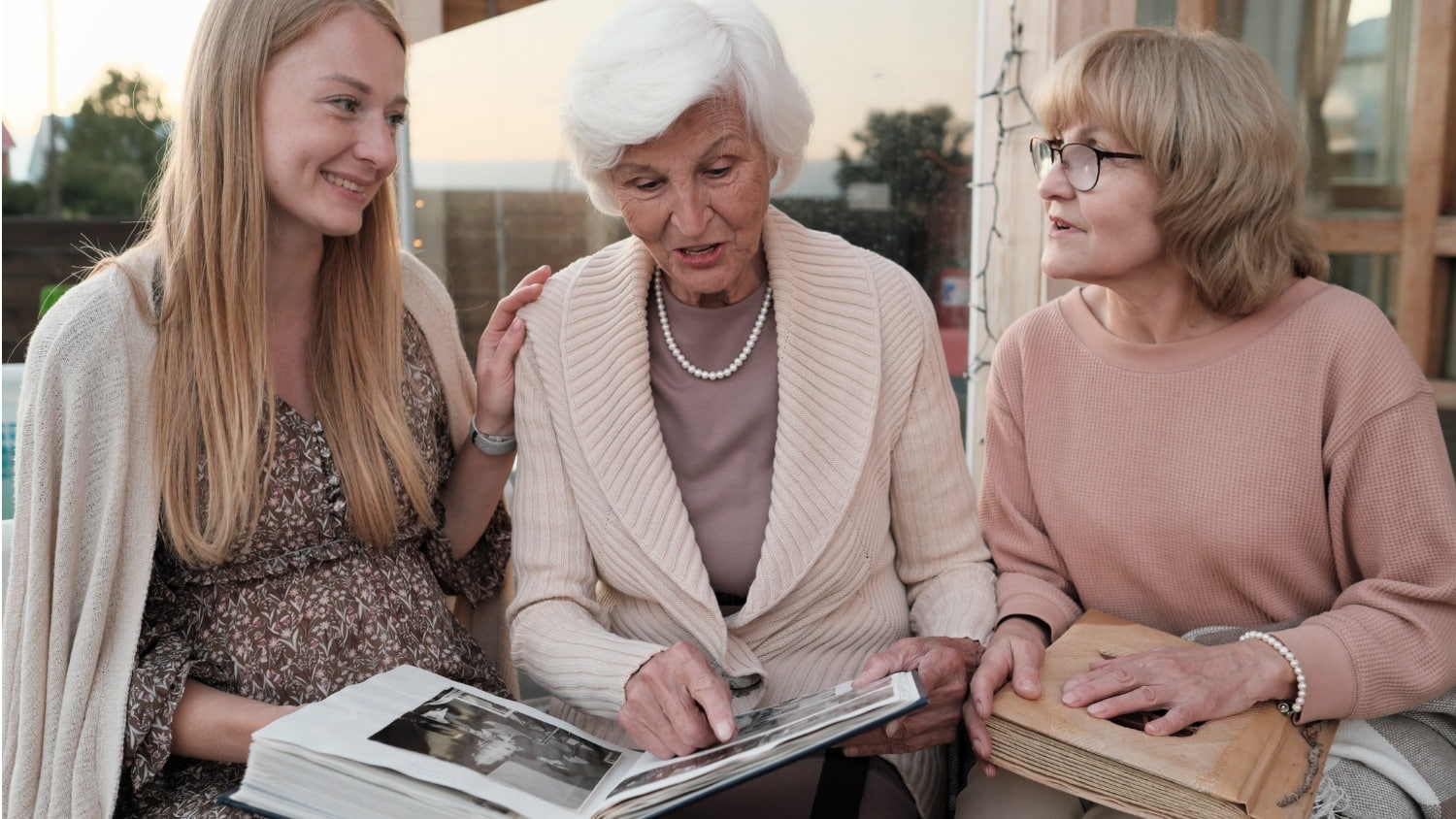
Ballet – Diverse and Inclusive. Really?
The idea of inclusivity demands that we examine who we are and what we stand for. I struggle with that on a personal level, as I don’t want routine assumptions to blind me to reality and limit my participation in our evolving society.
But what about established cultural institutions, where the role of tradition is especially strong? As audiences are comprised more and more of the grey-haired among us, the need for relevance (read new patrons) is acute.
Let’s Talk Ballet
The world of ballet, for example, has always fascinated me. Captivating is my word for the elegance and discipline of its dancers. But I recently found myself wondering how ballet organizations, both performing and training, are making this art form more accessible and reflective of society. I decided to chat with some key people leading this change. Their dedication and vision left me feeling so inspired.
I found that traditional ballet institutions are indeed working to include a broader range of styles and viewpoints. They’re trying to preserve ballet’s beauty while making it more accessible to everyone, to reinvigorate it with fresh creativity.
Change Is in the Making
Esie Mensah is one of the dynamic change agents bringing new thought, feeling and movement to the world of dance. Earlier this year, she worked with Ballet Kelowna to direct her new work, which had been commissioned especially for the company. In the video below, she touchingly describes the inner work required to make these outer changes, and the discipline needed over her own thoughts and feelings. Change, it seems, comes from a combination of courage and creativity.
When I spoke with John Dalrymple, the executive director of Canada’s National Ballet School (NBS), he emphasized the need to include the right voices in the conversation. He told me, “We had to reflect on who we didn’t know, people we should have known for years, who should be at the table when we have any event.”
What Is Not Being Said
The struggle to search for what is not seen rather than what is already visible is such a worthwhile effort, and so challenging. As a therapist, I was trained to listen to what is not being said. This is taking that idea to a whole different level. What is it that we are not thinking, what are we ignoring, that is right in front of our faces?
Robert Binet, a choreographer at the National Ballet of Canada, shared a similar sentiment, saying that ballet has a big role in keeping all doors open for young people, so they can excel and make choices that align with who they are. The very idea that success can come from including the whole person, rather than giving people the skills to fit into a pre-ordained model, reflects a larger change in society. It is new and exciting, and we don’t know where it will end up. But we can’t do anything other now, as the genie is out of the bottle in that regard.
It’s About Keeping a Balance
I found out that Canada, through its National Ballet School, is playing a key role in balancing ballet’s discipline with inclusivity. Some years ago, NBS initiated Assemblée Internationale, a gathering of dancers and teachers from different ballet schools around the world to help young dancers learn and grow.
This year, many more schools, including some important schools founded by artists of colour, were included (expenses for all attendees were paid by NBS!). John said to me, “We’re not here to compete against each other. All performances will be by blended casts, so kids from different schools meet each other, learn different roles in a new work, spend a few hours in the studio and then present it on the stage.” The new work was one developed by Esie and Rob, mentioned above. Needless to say, it featured creativity and feeling.
Expanding Ballet in the Community
Collaboration could really push ballet into new territories, making it more approachable and reflective of society. Sponsoring artistic projects can help brands reach new customers, while funding enables dance institutions to take risks with innovative productions. Small wins can make a big difference. Offering classes in under-served communities, providing scholarships, and making sure people with disabilities can participate all help create a radically expanded ballet world.
One amazing example is how Canada’s National Ballet School is helping people with dementia through ballet. A 20-minute film on YouTube, Dancer Not Dementia, is so beautiful it had me in tears. It includes comments from Mavis Staines, the Artistic Director and CEO of NBS, whose visionary leadership has been crucial to the concept of dance as an integral part of the broad community.
As I explored the changing world of ballet, I couldn’t help but feel excited about the future. Empowering the next generation of ballet dancers and promoting inclusivity is so important for keeping ballet relevant. New collaborations, diverse artistic styles, and a focus on inclusivity point towards a bright future for ballet, one where everyone can enjoy its beauty.
In the end, the transformation of ballet is not just about dance; it’s about the power of art to bring people together, regardless of their background, and to create a more vibrant world. How wonderful is that!
Let’s Have a Conversation:
Are you a regular of ballet performances? Which ones are among your favorites? What do you think ballet lacks that can make it more attractive to all audiences?
Tags Inspiration






